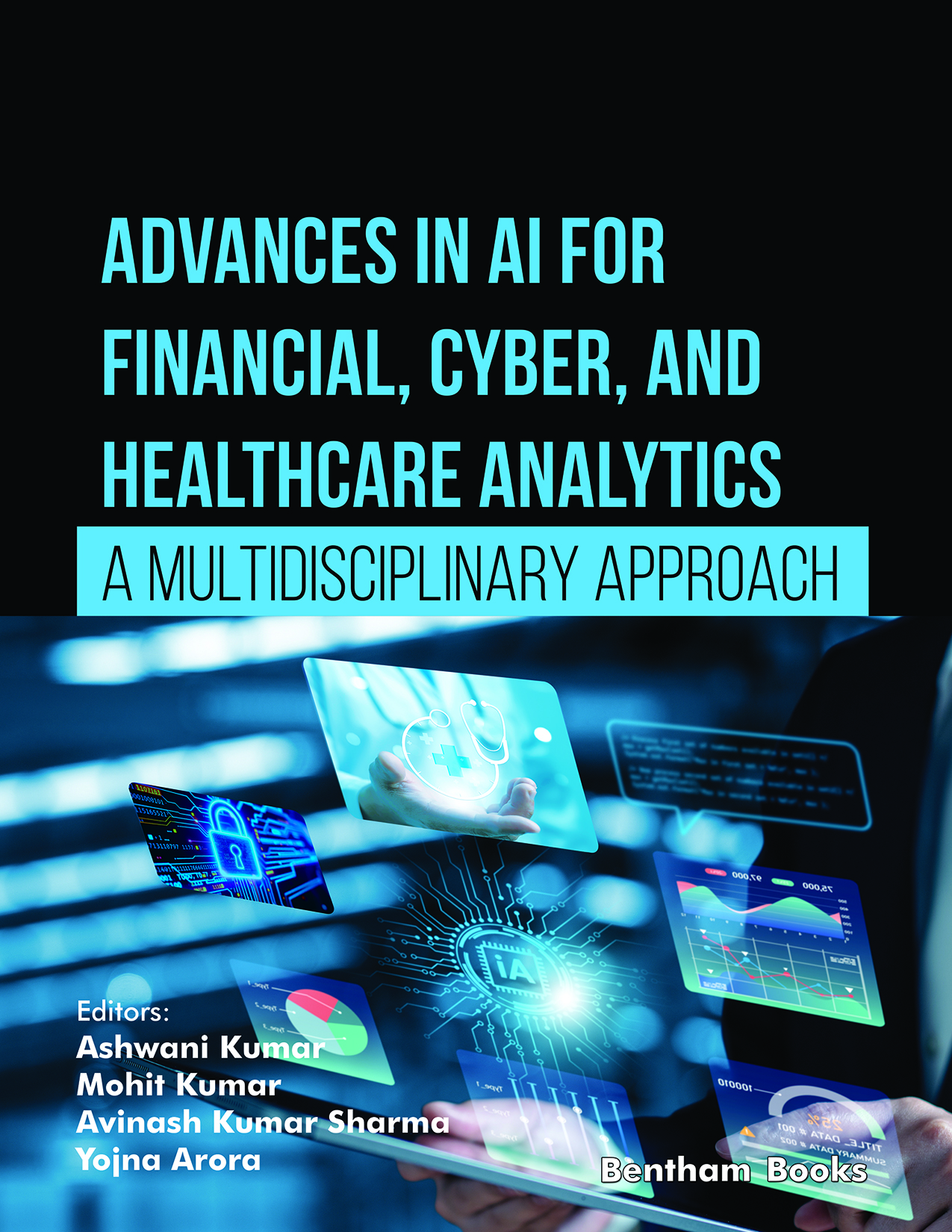Introduction
Advances in AI for Financial, Cyber, and Healthcare Analytics: A Multidisciplinary Approach comprehensively explores how artificial intelligence and machine learning are reshaping decision-making, predictive modelling, and operational strategies across three critical sectors—finance, cybersecurity, and healthcare.
Across nine chapters, the book delves into the foundations of financial analytics and explores AI’s role in market prediction, fraud detection, and risk analysis. It progresses into healthcare applications such as disease classification using ResNet, ethical implications of AI decisions, and the evolution of human-centred, edge-driven healthcare systems. In the cybersecurity domain, it addresses predictive threat modelling, smart home authentication, and biometric identification through advanced AI techniques.
Key Features:
- - Unifies financial, healthcare, and cyber analytics through AI-driven solutions
- - Demonstrates practical implementations with code examples and case studies
- - Covers cutting-edge technologies like CNN-LSTM, attention models, and edge computing
- - Addresses ethical, technical, and human-centred dimensions of AI
Readership:
Data scientists, ML engineers, financial analysts, cybersecurity experts, and technology policymakers seeking a hands-on, multidisciplinary understanding of AI’s transformative impact across high-stakes industries.

